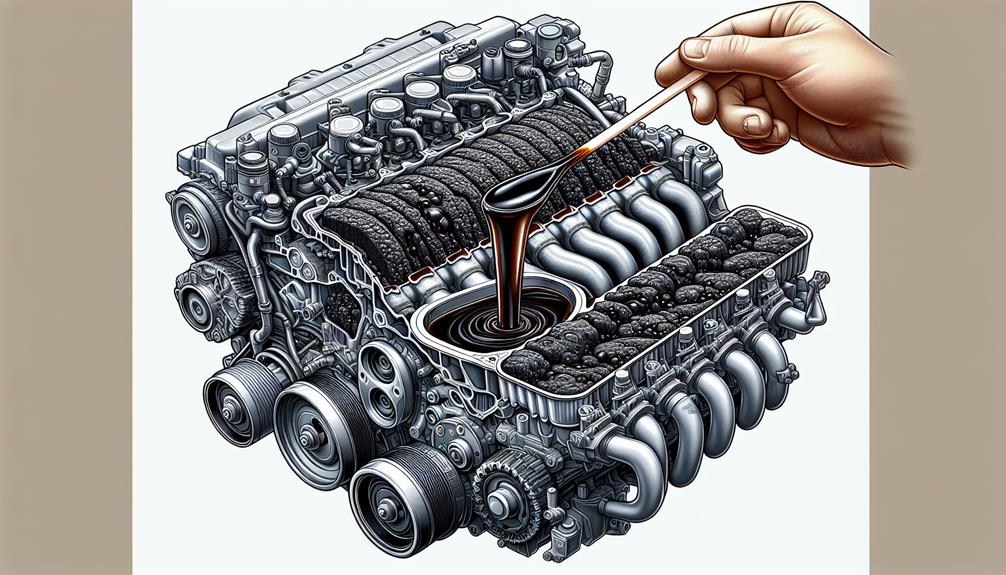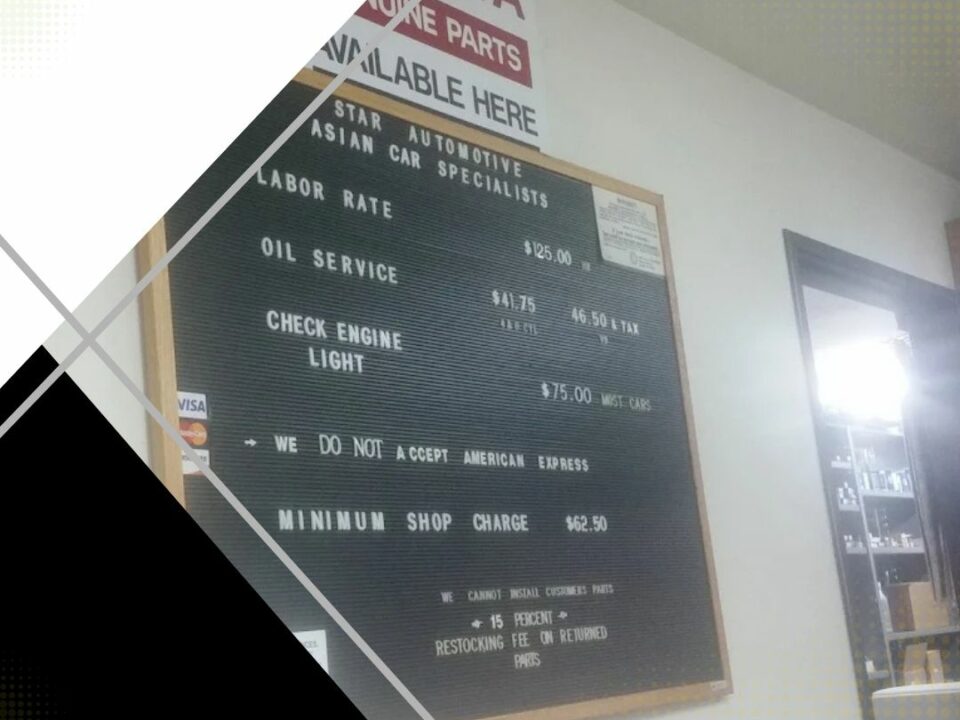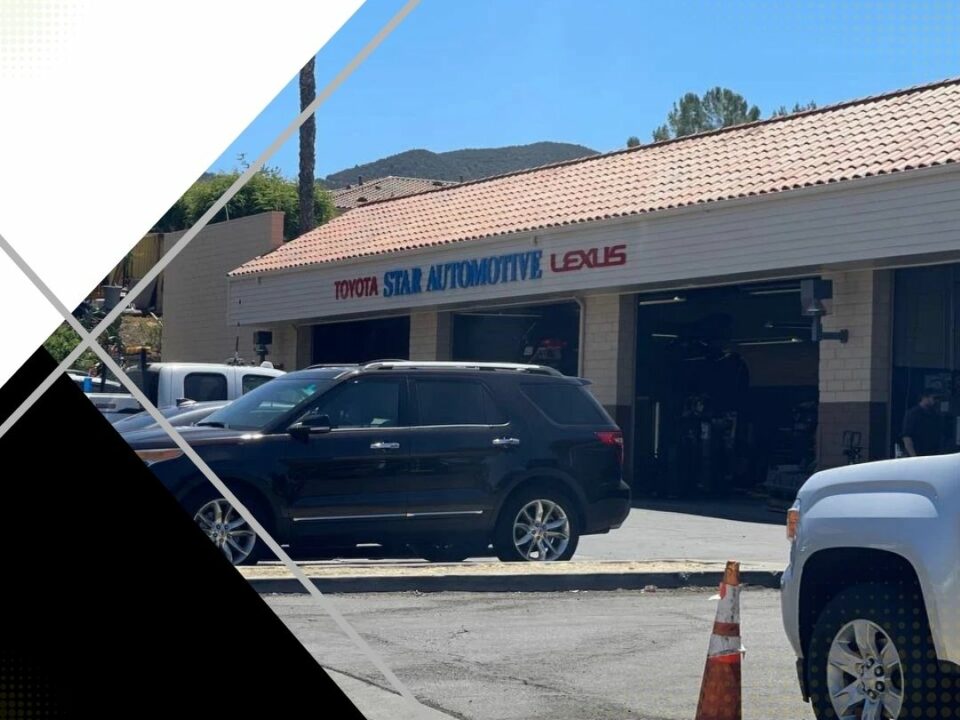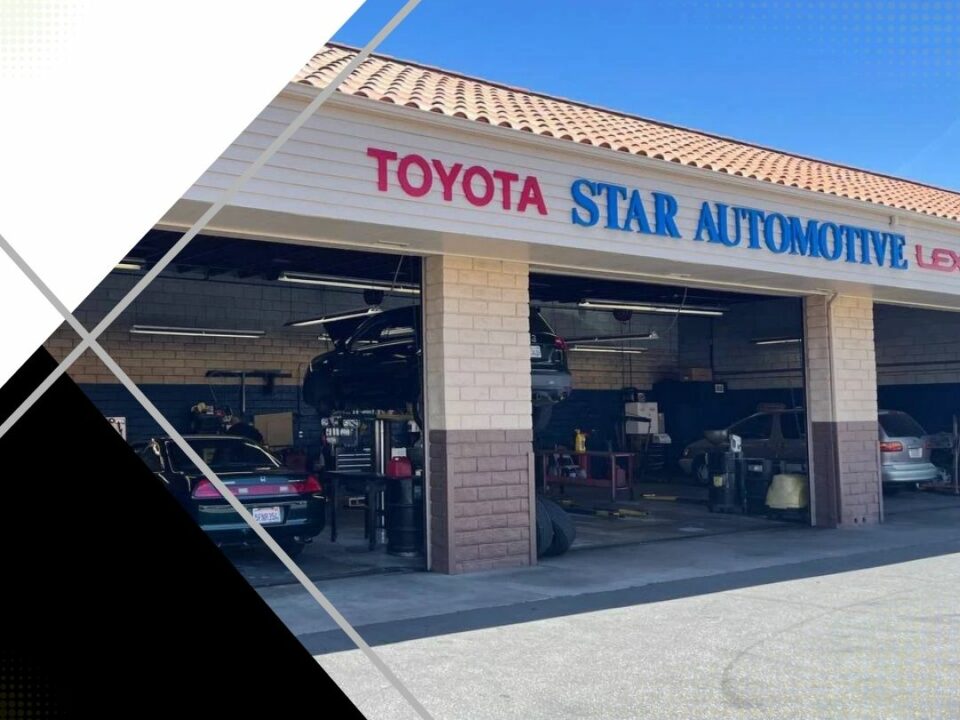
Troubleshooting ABS Issues in Toyota Vehicles: A Mechanic’s Guide
July 3, 2024
Preventing Engine Oil Sludge: Best Practices for Toyota Owners
July 3, 2024Engine oil sludge formation in Toyota repair can manifest through several early warning signs that are critical for owners to recognize. One of the primary indicators is the appearance of a thick, tar-like residue on the inside of the oil cap or along the dipstick, which suggests a degradation and concentration of engine oil. Additionally, owners might notice uncharacteristically low oil pressure as indicated on their vehicle’s dashboard, accompanied by bluish smoke from the exhaust and a tendency for the engine to overheat. Addressing these symptoms promptly through diagnostic assessments and regular maintenance schedules is essential to mitigate the risk of severe engine damage. To fully understand the implications of these findings and explore effective strategies for prevention, further exploration and discussion are warranted.
Identifying Oil Sludge Symptoms
Engine oil sludge manifests as a thick, tar-like residue, which can critically impair your Toyota’s engine performance and longevity. Spotting the early signs of this condition is crucial for maintaining the health of your vehicle’s engine.
One primary indicator is the appearance of a muddy or gelatinous substance on the engine oil cap or dipstick. This sludge formation often results from prolonged oil change intervals or using substandard oil types, leading to accelerated wear and tear on engine components.
Additionally, you might observe low oil pressure readings on your dashboard. This symptom arises because sludge clogs the oil pathways, restricting the flow of oil, which is essential for lubricating the engine’s moving parts.
An increase in exhaust smoke, particularly smoke that is bluish in color, can also signify oil sludge as it denotes oil burning within the combustion chamber.
Frequent engine overheating may occur as well, since the sludge impedes the oil’s ability to cool and lubricate the engine effectively. These signs, when noted early, can prevent more severe engine complications.
As part of the Toyota family, recognizing these symptoms ensures you are taking proactive steps to safeguard the functionality and efficiency of your vehicle.
Preventive Measures and Solutions
To prevent the formation of oil sludge in your Toyota, adhere strictly to the manufacturer-recommended oil change intervals and use only high-quality oils approved for your vehicle model. It’s crucial to consult your Toyota’s owner manual to identify the specific type of oil that suits the engine requirements. This ensures optimal lubrication and minimizes the potential for sludge buildup.
Implementing a routine inspection of the oil filter is also essential. A clogged or low-quality filter can impede oil flow, causing contaminants to accumulate and form sludge. Opt for OEM (Original Equipment Manufacturer) filters or other reputable brands known for their efficacy in trapping debris without restricting flow.
Monitoring engine temperature plays a pivotal role in sludge prevention. Ensure that the cooling system is functioning correctly, as overheating can degrade the oil quickly, leading to sludge formation. Regular checks and maintenance of the radiator, thermostat, and water pump can safeguard against excessive engine heat.
Lastly, avoid short trips that prevent the engine from reaching its optimal operating temperature. Frequent short driving sessions can cause condensation in the oil, contributing to sludge. Whenever possible, combine errands into longer trips to allow the engine to maintain a consistent, sludge-preventing temperature.
In conclusion, vigilant monitoring of the early indicators of oil sludge, such as gelatinous residues and low pressure readings, is imperative for safeguarding engine functionality in Toyota repair.
A hypothetical scenario where routine checks reveal early sludge formation can exemplify the benefits of timely intervention, preventing extensive engine damage and costly repairs.
Therefore, adherence to recommended maintenance schedules and prompt response to abnormal symptoms are essential strategies for maintaining optimal engine performance and longevity.
Next article



